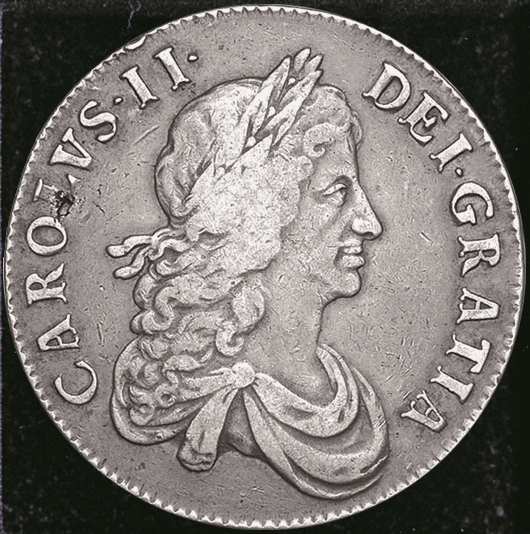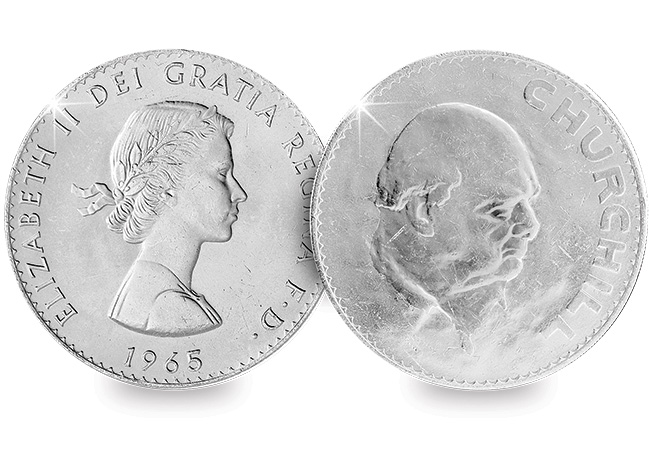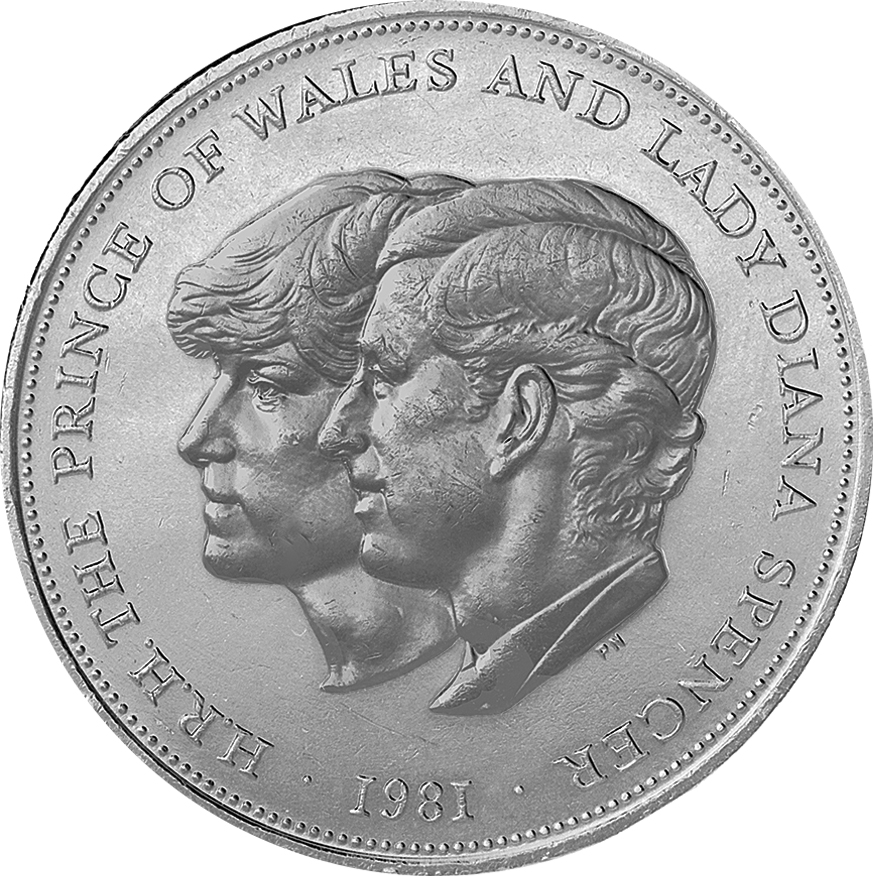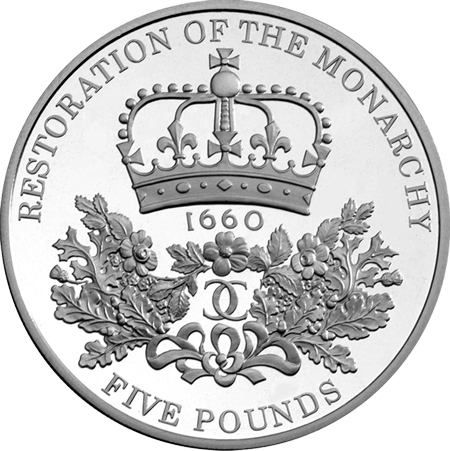Posts Tagged ‘double rose’
The history of the British crown coin…
Today crown coins are usually issued to mark special occasions of national importance and are intended to be commemoratives rather than ordinary circulation coins. But they have seen some significant changes over the decades...
The British crown first appeared during the reign of Henry VIII and was struck from gold. Issued in 1544, the ‘Double rose’ as it came to be known had a twin rose deign topped with a large crown on the obverse.

Charles II Crown
Crown coins weren’t struck regularly from silver until 1662 under Charles II – which is when all the previous denominations of gold coins were replaced by milled guineas.
Silver crown coins enter circulation…
The crown issued for circulation that year marked the end of hammered coins as the Royal Mint transferred to mill striking permanently after centuries of working by hand.
At this point the crown started to look more familiar, and it has remained roughly the same size (almost 30mm in diameter) to the present day.
The coins’ generous dimensions leant it an air of importance, and crowns were usually struck in a new monarch’s coronation year. This was true of every monarch since King George IV up until the present monarch in 1953, with the single exception of King George V.

The 1965 Churchill Memorial Crown – the first crown coin to feature a non-monarch
With its large size, many of the later coins were primarily commemoratives. The 1965 issue carried the image of Winston Churchill on the reverse, the first time a non-monarch or commoner was ever placed on a British coin, and marked his death.
Decimalisation arrives…
Traditionally crowns had a face value of five shillings, but after decimalisation on 15th February 1971 the crown became the 25p coin – one of the UK’s most unusual denominations.
The 25p pieces were issued to commemorate significant events, with one of the earliest issues being the Silver Wedding Anniversary of Queen Elizabeth II and Prince Phillip in 1972.

1981 Charles and Diana Wedding Crown
In 1980 an issue was authorised for the 80th birthday of Queen Elizabeth The Queen Mother; and, in 1981, the coin was issued to celebrate the marriage of Charles, Prince of Wales and Lady Diana Spencer. All of these issues were struck in large mintages, in plastic cases, and in cupro-nickel. However, in addition to this, limited numbers of collectors’ coins of these modern issues were struck to proof quality separately by the Royal Mint in sterling silver.
Legal tender changes from 25p to £5…
The legal tender value of the crown remained as 25p until 1990 when their face value was increased to £5 in view of its relatively large size compared to other coins.
Since the value increased to £5 in 1990 it quickly became recognised as the nation’s flagship commemorative coin and remained possible to buy these coins through banks and post offices (as well as the Royal Mint, The Westminster Collection and other distributors) in circulating quality right up until 2009.
Farewell to the face value £5 coin…

The last ever £5 for £5 crown coin – 2010 The Restoration of the Monarchy
£5 coins continued to be available for a couple more years at face value in brilliant uncirculated quality. But sadly, today the Royal Mint only releases £5 coins in presentation packs selling for £13.
The British crown has undoubtedly seen many changes throughout the years, from metals, size and denomination – it certainly is a coin with an interesting history.
What’s been the most significant change for you? Leave a comment below.
Sign the petition to bring back the £5 for £5 by clicking here
Discover how you can be one of just 1,000 collectors able to own the new 2016 UK Queen’s 90th Birthday £5 for £5 – click here.

